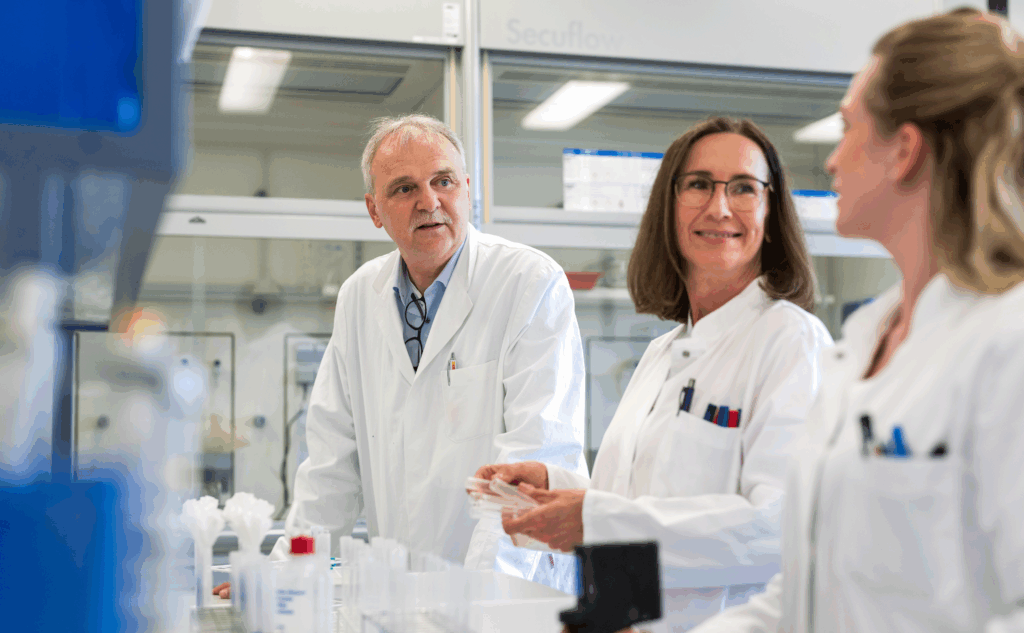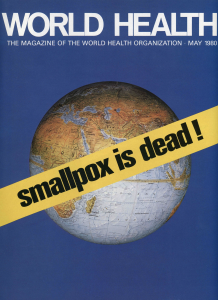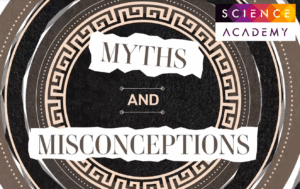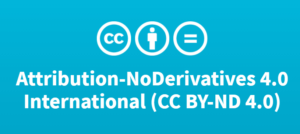
By Thomas Nahde, Head of Harm Reduction & Engagement
Let me begin by applauding one of the World Health Organization’s (WHO) greatest public health triumphs: the eradication of the smallpox epidemic. It saved millions of lives and stands as a testament to global public health cooperation.
Focusing on smoking and nicotine, the WHO has adopted a similar approach – framing tobacco as a ‘global epidemic’.
This has potentially significant consequences for global public health.
Smallpox is a communicable disease, while tobacco use is a consumer behaviour that is a major cause of non-communicable diseases including emphysema, heart disease, and cancer.
Equating the two – even if indirectly and as a metaphor for the urgency – stigmatises consumers and misrepresents the issue.
While both the WHO and the tobacco harm reduction (THR) community aim to reduce smoking prevalence, their approaches are currently misaligned.

The WHO exclusively promotes abstinence-based cessation, largely rejecting THR strategies like transitioning smokers to next generation products (NGP).
I believe this misses the opportunity to factor in the importance of consumer autonomy and behaviour.
At Imperial Brands, we view adult smokers not as patients or victims, but as individual consumers making informed choices. Current cessation tools like nicotine replacement therapies (NRTs) clearly have limited impact; only between 4-8% of smokers use them, according to the 2023 Eurobarometer[1].
If consumers don’t find value in a product – like NRTs – they simply won’t use them in meaningful numbers, and therefore their contribution to better public health won’t be decisive.
Science Matters
Another area where the WHO and industry are currently on different paths is their respective interpretations of THR science.
While the WHO’s Framework Convention on Tobacco Control (FCTC) includes harm reduction in Article 1(d), the organisation tends to focus on absolute risk – highlighting potential harms of NGP without comparing them to the risks of continued smoking.
Conversely, Imperial adopts a relative risk lens – recognising the crucial role that reduced risk products can play in facilitating THR by replacing existing cigarette smoking.
In the first instance, I’m convinced that relative risk-focused strategies could potentially make more impactful dents in global smoking rates, and would urge the WHO to reconsider their current approach.

Another issue of contention is that much of the science supporting THR is contributed by manufacturers, which the WHO often rejects due to perceived bias—even when peer-reviewed[2].
Increasingly though, leading regulators like the US FDA actively require manufacturers to submit data and support science-based regulation to ensure NGP meet certain standards.
It would be exciting if the WHO would also encourage—or even require— manufacturers to contribute robust research that substantiates their own products.
History Lessons
The WHO’s mistrust of the tobacco industry, rooted in historical misconduct, is understandable.
Yet this attitude unfortunately continues to shape policy even today, particularly through the interpretation of FCTC Article 5.3, which aspires to protect policy from commercial interests.
While well-intentioned, a narrow reading of this article excludes valuable voices. Unlike the energy sector, where transformation is met with wider collaboration, the tobacco industry’s shift towards NGP is often dismissed outright.
My wish is for all parties to get back at the table – and work to find solutions collaboratively.
Tobacco control is clearly complex, and no single solution is likely to satisfy all stakeholders.
For example, our recent in-market behavioural studies showed that offering a variety of flavours helped many smokers transition away from cigarettes – 30-40% reduced or quit smoking, and nearly 10% stopped both smoking and vaping after six months[3].
Yet the reality is that flavours also risk appealing to youth.
Any successful approach therefore must pragmatically consider and weigh these trade-offs.
As I’ve already mentioned, Imperial advocates a consumer-centric model that fosters harm reduction while protecting youth. This means a live and meaningful dialogue between regulators, manufacturers, and public health bodies to monitor progress and mitigate any unforeseen issues is essential.
Public health challenges like infectious diseases have shown that industry can positively contribute when engagement is open and transparent.

Manufacturers must also hold themselves accountable. We should collectively call out bad actors—whether manufacturers or retailers—who undermine public health goals. By acting responsibly, we can build trust and support informed consumer choices.
We may also have to lean towards conducting science that’s more closely aligned to the WHO’s perspective.
While Imperial is clear our products aren’t designed for, or marketed towards, never smokers (which is why we focus on relative rather than absolute risk), we’re also beginning to explore using real-world data to bridge any evidence gap and help address WHO concerns.
Finally, we must continue to combat concerning, and growing, widespread misconceptions about nicotine, smoking related-disease and THR.
If 80% of doctors still believe nicotine causes cancer[4], how can we expect consumers to be better informed? To make better choices they deserve accurate, balanced information.
The dual challenge of THR—helping smokers quit while preventing youth uptake—requires smart regulation, responsible innovation, and shared commitment.
Since joining Imperial in 2020, I’ve seen encouraging progress in our openness to dialogue and willingness to understand opposing views.
It would be fantastic for global public health if the WHO adopts a similar approach.
That, in my opinion, is a meaningful way forward for healthier futures for the world’s billion smokers.
Follow us on LinkedIn and read more about our intentions to help create potentially healthier futures for our consumers on our corporate website. You are free to share this content with credit to Imperial Brands under a Creative Commons Attribution-NoDerivatives 4.0 International (CC BY-ND 4.0) license.

[1] p. 41, https://europa.eu/eurobarometer/api/deliverable/download/file?deliverableId=90652
[2] The 2023 WHO call to action on e-cigarettes noted that 30% of authors had industry ties.
[3] https://imperialbrandsscience.com/home/new-behavioural-studies-demonstrate-the-thr-potential-of-blu-vapes/ NB. blu is not a medically licensed smoking cessation product and is not marketed as one
[4] https://www.prnewswire.com/news-releases/nearly-80-of-doctors-worldwide-mistakenly-believe-nicotine-causes-lung-cancer-thwarting-efforts-to-help-one-billion-smokers-quit-301881655.html